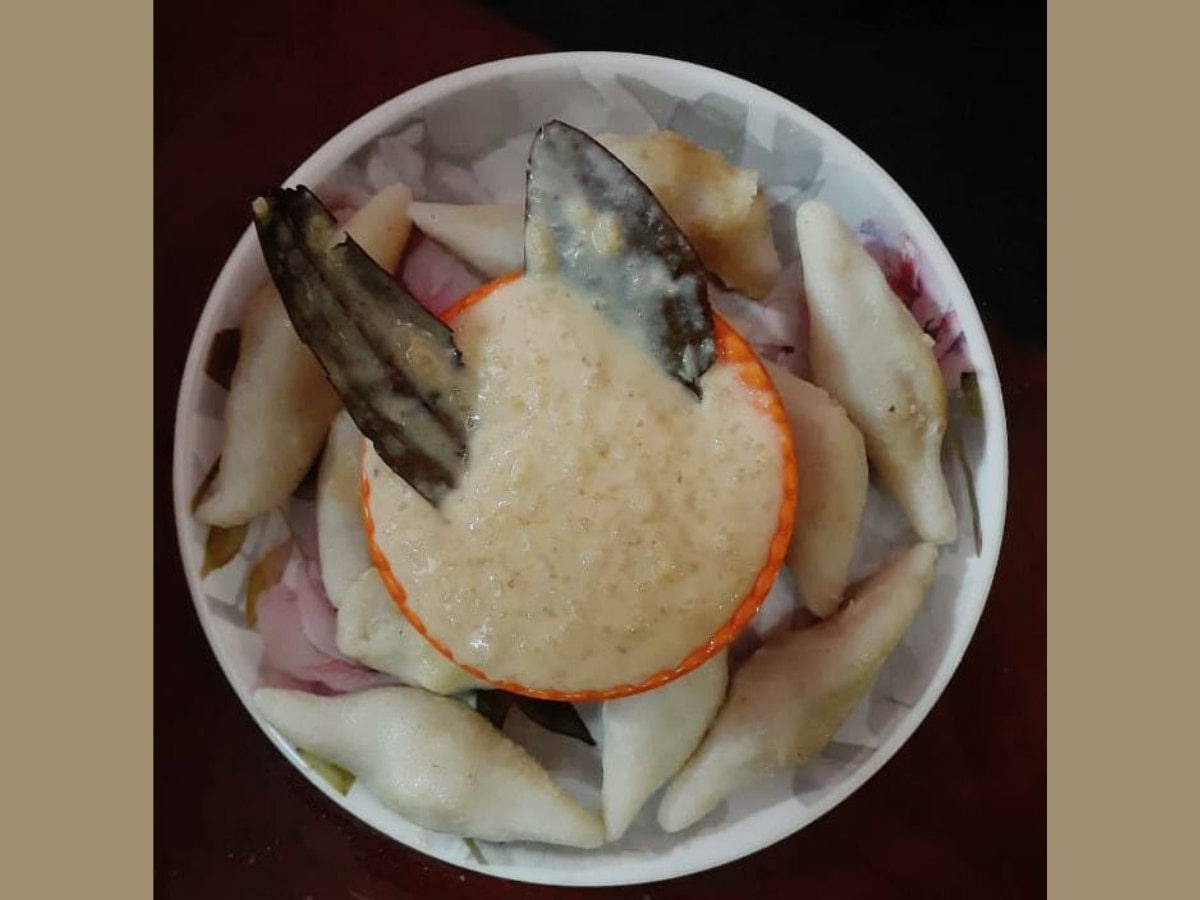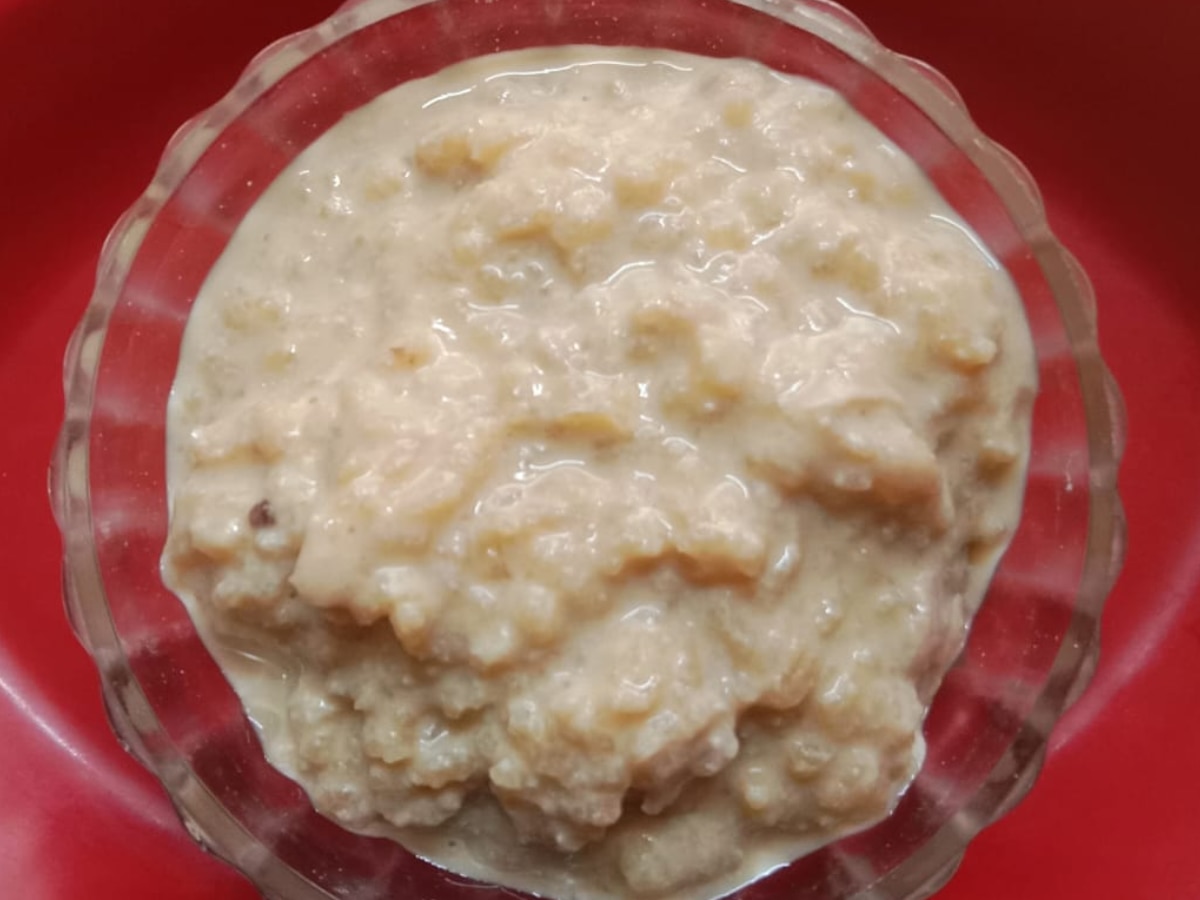Poush Sankranti 2023: Lip-Smacking Bengali Dishes That You Can Feast On
A number of delicacies such as 'pithe', 'paatishapta', 'paayesh', 'dudh puli' etc. are prepared in Bengali households and members sit together and feast on them while having a great family time.

New Delhi: Poush Sankranti is Bengal's harvest festival which marks the beginning of the new harvest season and all devotees pray to the Sun God for bountiful crops. Gud and til are frequently used in celebrations, as sugarcane is one of the first crops gathered in most areas. Several region-specific rites and traditions are observed. Bengalis celebrate Poush Sankranti with the grand Ganga Sagar Mela, which is held every year in West Bengal. Worshippers take a plunge and pray to the Almighty at the place where the sacred waters of the Ganga meet the Bay of Bengal. On the festival day, rice-based meals are served as prasad to the Lord.
A number of delicacies such as 'pithe', 'paatishapta', 'paayesh', 'dudh puli' etc. are prepared in Bengali households and members sit together and feast on them while having a great family time. Now, these were the sweet dishes. Among savouries, Peas Kachori, Aalu Dum, 'Shoru Chakli' (a kind of dosa) etc. are prepared. Here are a few dishes that you can enjoy on this auspicious occasion.
1. Paatishapta:
Paatishapta is a thin crepe or pancake with wonderful caramelised shredded coconut filling and is made with refined wheat, rice flour, and semolina. This dish is lavishly made for Poush Sankranti. Paatishapta falls under the category of 'Pithe' itself and is a quick and easy Indian dessert dish that takes around 30 minutes to make.

2. Steamed Pithe:
It's a palm-sized winter delicacy made with fresh palm and date jaggery (nolen gur and khejur gur), fragrant rice flour, milk, and coconut. Although it is now accessible in several dessert shops, pithe is made at home in a traditional Bengali household. In reality, making pithe during winter is a Bengali ritual. During this time of year, any house in Bengal will welcome you with hot and fresh pithe and gur-er payesh (gur ki kheer). Pithe is also popular in other Eastern Indian states such as Bihar, Assam, and Odisha, in addition to Bengal.

3. Puli Paayesh:
Puli Payesh, also known as Roshopulli Pitha, is a traditional Bengali dish popular during festivals. Furthermore, Puli Payesh is similar to kheer, except that the puli pieces are made with jaggery, coconut, and dry fruits. During Poush Sankranti, the demand for paayesh is at its peak. Although it is sweet, the good news is that it is sugar-free because it contains a lot of jaggery.

4. Koraishutir Kachori
Koraishutir Kochuri is a Bengali-style green peas kachori. This recipe is normally at its peak during the winter when fresh green peas are plentiful. As a hearty and comforting breakfast, pair it with Alur Dom, and Cholar Dal.

5. Nolen Gurer Paayesh:
This dish has a rustic, earthy flavour and an excellent smell since it uses the traditional date palm jaggery/ nolen gur/khejur gur which distinguishes this from the standard Chawal Ki Kheer, which is cooked with sugar. Nolen gurer payesh is a winter treat because fresh date palm jaggery arrives in West Bengal marketplaces in the winter. This particular jaggery is a true jewel, imparting a subtle sweetness as well as a depth of aroma and taste to whatever preparation it forms a part of. Furthermore, khejur gur is iron-rich, and the micronutrients in it strengthen the body's protection against numerous illnesses.

Related Video
Union Budget 2024: Nirmala Sitharaman Reaches Parliament Ahead Of Budget Presentation Today | ABP News





































